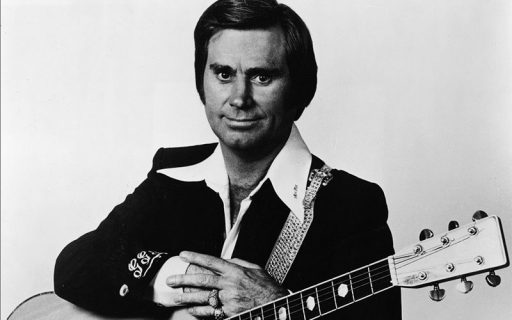Today in 1959, George Jones’ “White Lightning” picked up his first #1 country single in Billboard magazine as a recording artist.
Written by rockabilly artist J. P. Richardson, best known by his stage name, the Big Bopper, it was recorded by George Jones and released as a single in February 1959. On April 13, 1959, Jones’ version was the first number-one single of his career. The song has since been covered by numerous artists.
In his 1997 autobiography, I Lived To Tell It All, Jones recalls arriving for the recording session under the influence of a great deal of alcohol and the track took approximately 80 takes. Although Jones was already notorious for his drinking habits, this scenario was perhaps more understandable since his lifelong friend, the Big Bopper – whose composition he was recording – had been killed during the preceding week on “the day the music died”. To compound matters, Buddy Killen, who played the upright bass on the recording, was reported as having severely blistered fingers from having to play his bass part 80 times. As a result, Killen not only threatened to quit the session, but also threatened to physically harm Jones for the painful consequences of Jones’ drinking. Ultimately, producer Pappy Daily opted to use the first take of the song, even though Jones flubs the word “slug” (Jones would intentionally mimic this mistake in live performances and subsequent re-recordings of the song). Former Starday president Don Pierce later explained to Jones’ biographer Bob Allen, “We tried doing the song again, but it never was as good as it was that first time. So we just released it that way.”
“White Lightning” became Jones’ first number-one country hit – with a more convincing rock and roll sound than the half-hearted rockabilly cuts he had previously recorded. In the liner notes to the 1994 compilation Cup of Loneliness: The Classic Mercury Years, country music historian Colin Escott writes, “Ironically, it became the pop hit Mercury had been hoping for all long…George hee-hawed it up in a giddy, bilbous frenzy.” The song gave Jones, a notorious critic of pop-country crossovers in his later years, the best showing he would ever achieve on the pop chart as well, peaking at No. 73.




